Basic measures to respond to natural disasters in Vietnam
What are the basic measures to respond to natural disasters in Vietnam? - Tuyet Nhi (Quang Nam)
What is natural disaster?
Based on the provisions of the Law on Natural Disaster Prevention and Control 2013 (amended in 2020), natural disaster means an unusual natural phenomenon which may cause loss of life and property or damage to the environment, living conditions and socio- economic activities. Natural disasters include tropical storms, tropical depressions, strong breezes at seas, tornadoes, lightning, heavy precipitation, floods, flashfloods, inundations; landslides and land subsidence caused by floods or runoff or droughts; water rise, saltwater intrusion, extreme heat, droughts, wildfires, cold under 13 degree Celsius, hails, frost, fog, earthquakes, tsunamis and other types of natural disasters.
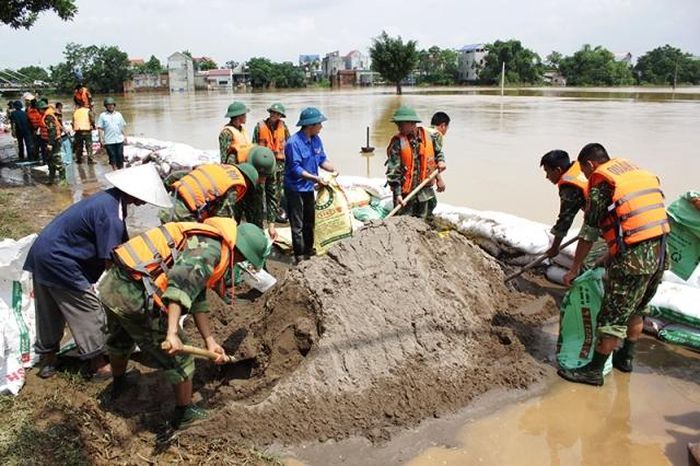
Basic measures to respond to natural disasters in Vietnam (Internet image)
Basic measures to respond to natural disasters in Vietnam
Depending on the type and risk levels of natural disasters, National Steering Committee for Civil Defense, civil defense command of ministries and ministerial agencies, civil defense command of local governments shall choose any of the measures below:
(1) Basic measures to respond to storms, tropical low pressures, heavy rain, floods, flashfloods, inundation, water rise, landslides or land subsidence due to floods or water currents are provided as follows:
- Evacuating people out of dangerous areas or unsafe places; focusing on implementing measures to assure safety for people, especially vulnerable groups in emergencies caused by natural disasters;
- Moving ships, boats and aquaculture facilities at sea, in coastal areas or on rivers out of dangerous areas; tallying and guiding ships and boats to anchor, or taking other measures to assure safety;
- Taking measures to assure safety for houses, working offices, hospitals, schools, warehouses, works and economic, security and defense facilities;
- Proactively taking measures to protect production;
- Checking, detecting and handling incidents at natural disaster prevention and control works and key socio-economic and security and defense works;
- Supervising, guiding and proactively restricting or banning people and vehicles from entering dangerous areas on rivers or the sea, deeply inundated areas and roads, areas prone to landslides due to floods or water currents and other dangerous areas;
- Ensuring transport and communication to meet the requirements of directing and commanding response to natural disasters;
- Conducting search and rescue, providing First Aid to injured people, and supplying food, curative medicines, drinking water and other essentials for isolated areas, seriously inundated areas and evacuation places;
- Assuring security, social order and safety and protecting properties of the State and people in natural disaster-hit areas;
- Urgently mobilizing and complying with decisions on direction and urgent mobilization of manpower, supplies, means, equipment and essentials for timely response to natural disasters.
(2) Basic measures to respond to drought and seawater intrusion are provided as follows:
- Adjusting the structures of plants, animals and crops based on forecasts, warnings and developments of drought and seawater intrusion;
- Rationally operating reservoirs and water supply works, prioritizing supply of water for residential use; economically using water and preventing water loss;
- Prioritizing supply of electricity and necessary supplies and fuels for pumping stations;
- Observing the level of salinity and appropriately regulating the closure and opening of sluices for water collection and salinity prevention in specific circumstances.
(3) Basic measures to respond to hoarfrost and damaging cold are provided as follows:
- Taking measures to prevent cold for people, especially vulnerable groups;
- Preventing cold and ensuring sufficient feed for livestock;
- Taking appropriate measures to protect plants.
(4) Basic measures to respond to earthquakes and tsunamis are provided as follows:
- Proactively taking shelter, assuring safety when an earthquake occurs;
- Proactively evacuating people from tsunami-affected areas;
- Organizing search and rescue and treatment of injured people;
- Arranging temporary accommodation and providing food, curative medicines, drinking water and other essentials for affected people;
- Assuring security, social order and safety and protecting properties of the State and people in natural disaster-hit areas.
(5) Regarding extreme heat, tornadoes, lightning, hails, strong breezes at seas, frost, wildfire and other types of natural disasters, according to the forecasts, warnings, nature and actual developments of each type of natural disaster, proactively take appropriate response measures.
Pursuant to: Article 26 of the Law on Natural Disaster Prevention and Control 2013, Point d Clause 4 Article 54 of the Law on Civil Defense 2023 and Clause 16 Article 1 of the Law on amendments to the law on natural disaster management and law on dikes 2020.
Mai Thanh Loi
- Key word:
- natural disaster
- in Vietnam
- Cases of land rent exemption and reduction under the latest regulations in Vietnam
- Economic infrastructure and social infrastructure system in Thu Duc City, Ho Chi Minh City
- Regulations on ordination with foreign elements in religious organizations in Vietnam
- Increase land compensation prices in Vietnam from January 1, 2026
- Determination of land compensation levels for damage during land requisition process in Vietnam
- Who is permitted to purchase social housing according to latest regulations in Vietnam?
-
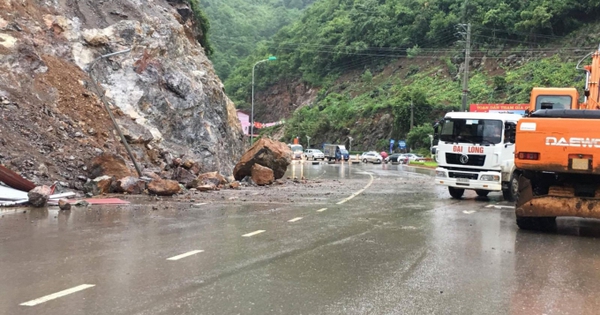
- Contents of the estimated norms for digging and ...
- 08:00, 30/01/2025
-
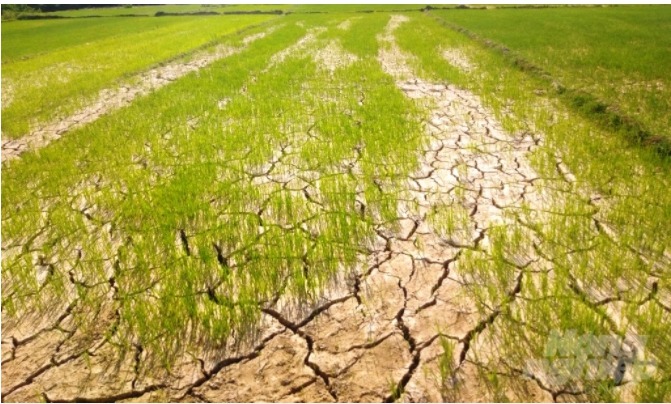
- Forms for proposals to support agricultural production ...
- 10:49, 17/01/2025
-
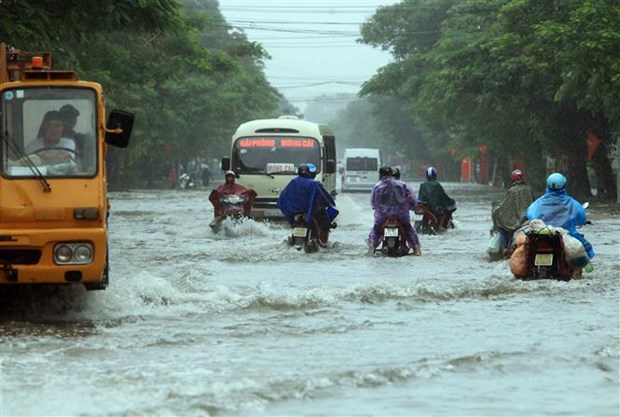
- Content on natural disaster prevention in road ...
- 08:00, 05/12/2024
-
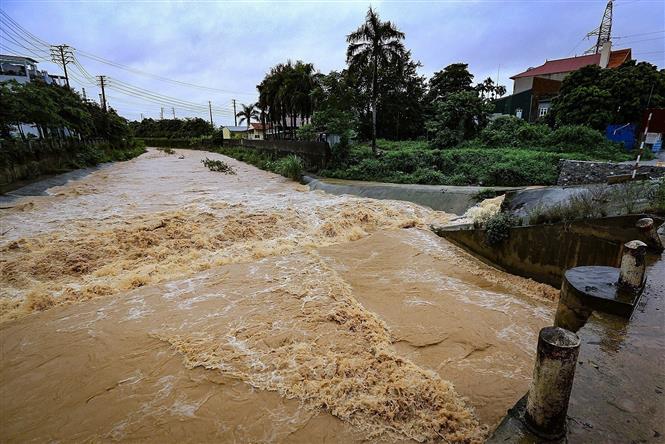
- The Ministry of Health of Vietnam requests proactive ...
- 17:30, 29/11/2024
-
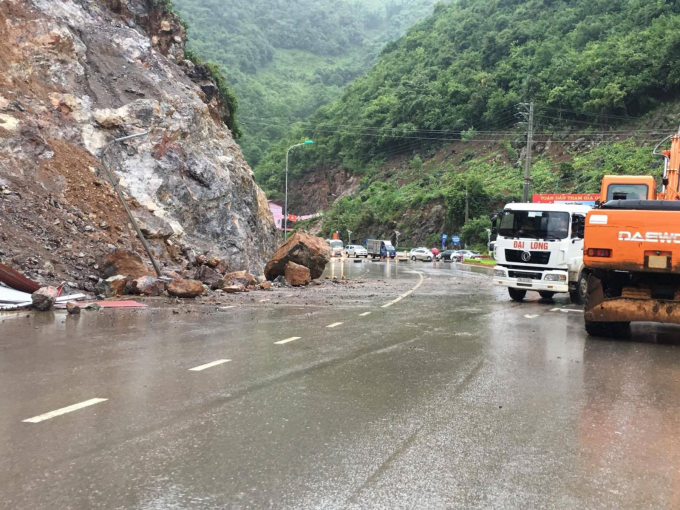
- Prevention of natural disasters for roadworks ...
- 14:00, 29/11/2024
-

- Notable new policies of Vietnam effective as of ...
- 16:26, 11/04/2025
-
.Medium.png)
- Notable documents of Vietnam in the previous week ...
- 16:21, 11/04/2025
-
.Medium.png)
- Notable documents of Vietnam in the previous week ...
- 16:11, 02/04/2025
-
.Medium.png)
- Notable new policies of Vietnam to be effective ...
- 16:04, 02/04/2025
-
.Medium.png)
- Notable new policies of Vietnam effective from ...
- 14:51, 21/03/2025
 Article table of contents
Article table of contents
